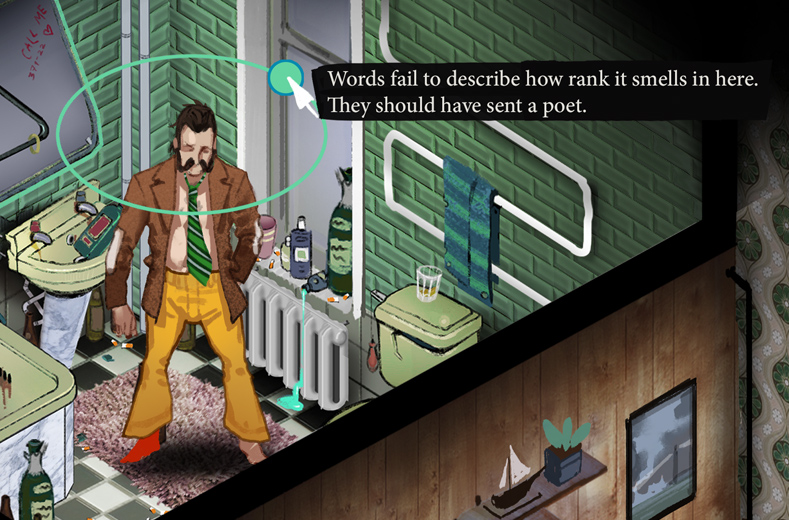It’s happening! Concept art is slowly mutating into 3d!
As of yet it’s all quite bare of snow but we went out and did some cellphone scans of local piles to be immortalized for the game. Stand fast brave pile of snow, you may melt but your likeness never will!


















